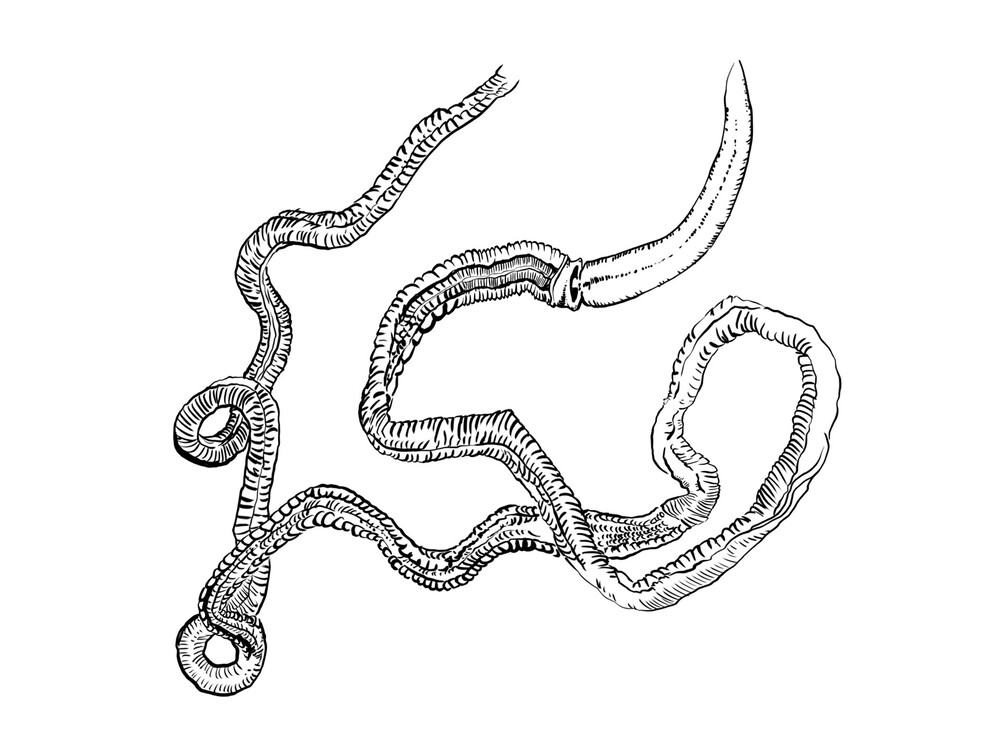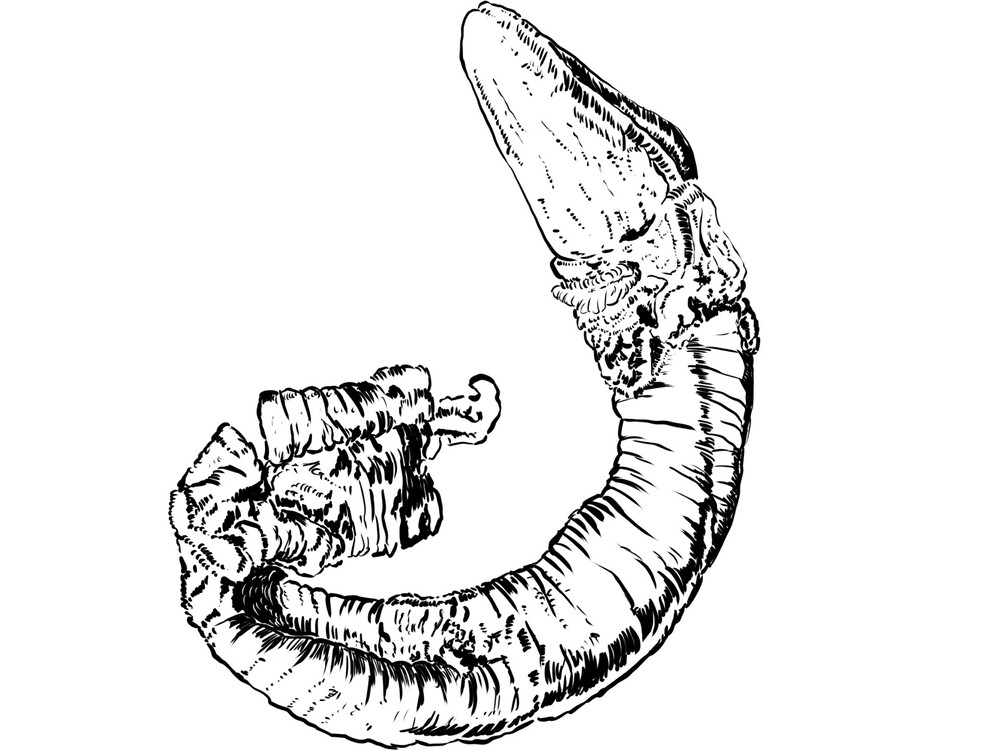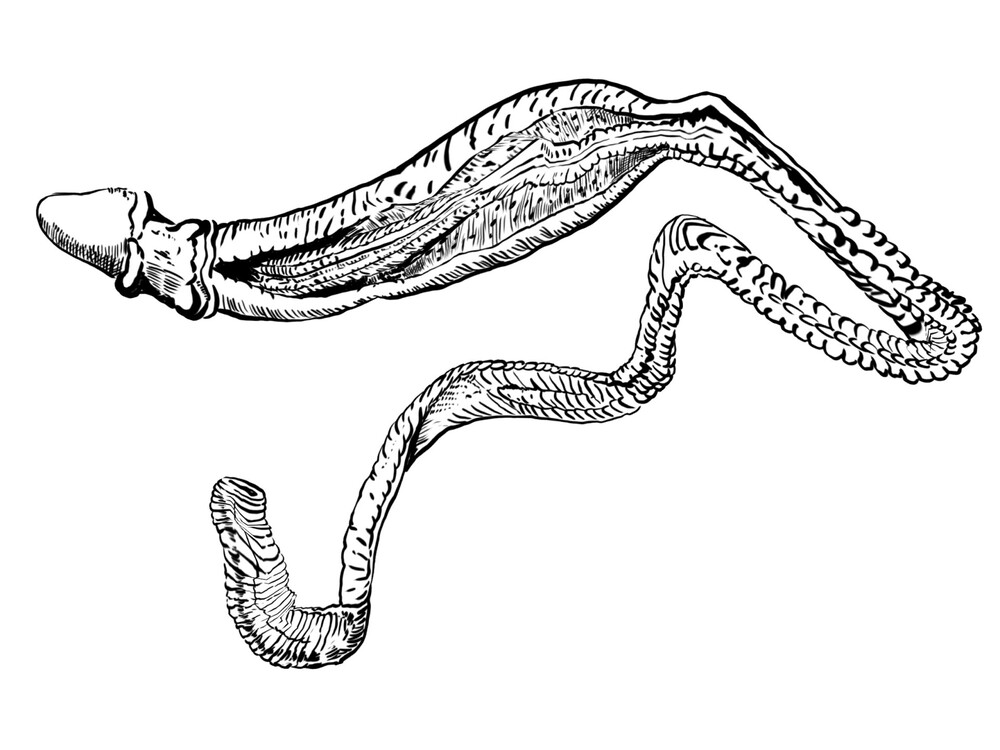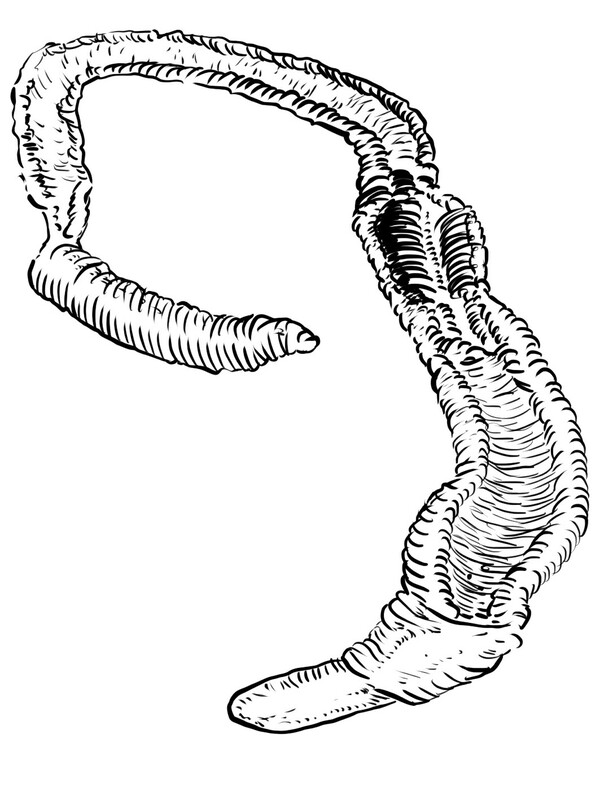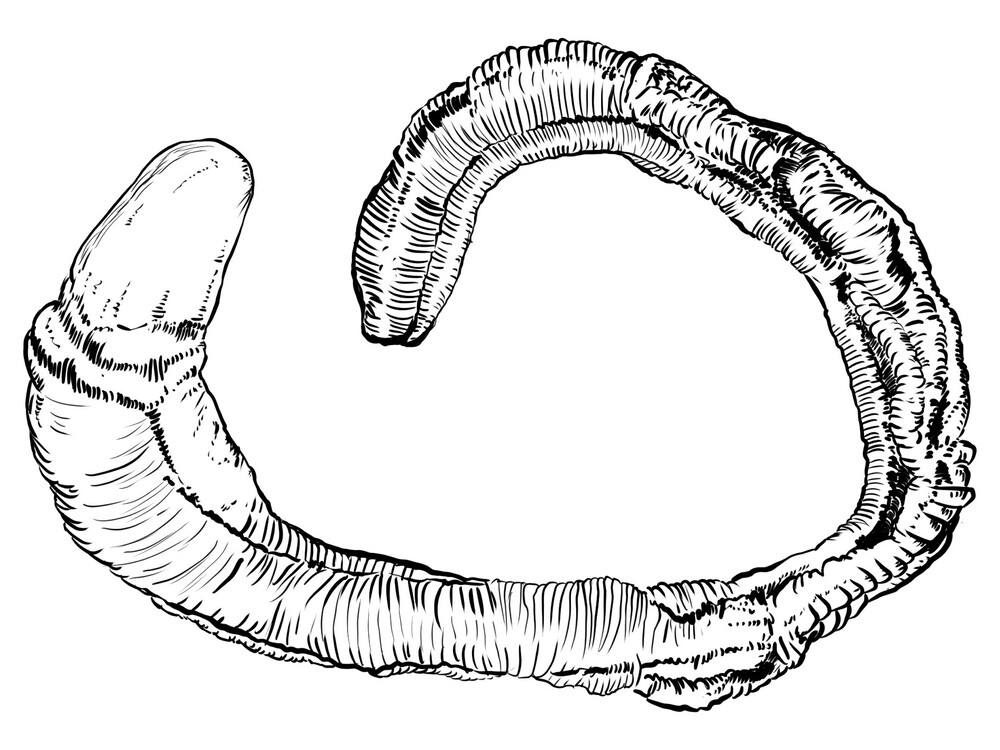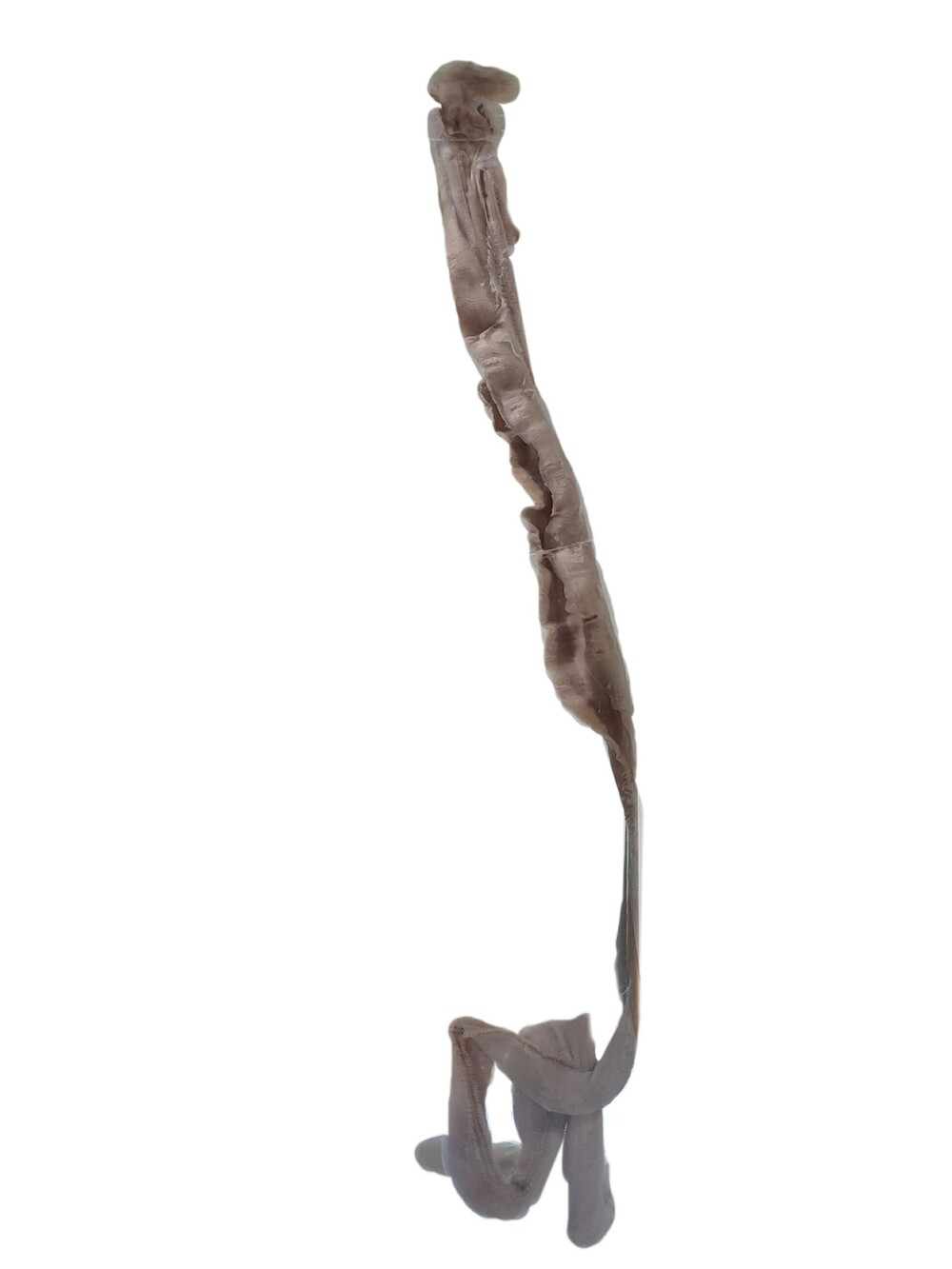Multibrachial Lingula
IUCN
Level 1Basic Information
Scientific classification
- name:Multibrachial Lingula
- Scientific Name:Glossobalanus polybranchioporus
- Outline:Hemichordata
- Family:Balanoglossida Ptychoderidae Glossobalanus
Vital signs
- length:352~613mm
- Weight:
- lifetime:
Feature
Polybrachia is a unique invertebrate in China. It is of great significance to the study of animal system evolution and biodiversity. It is a national first-level protected wild animal in China.
Distribution and Habitat
Endemic to China. Distributed along the coasts of the Yellow Sea and Bohai Sea. It inhabits intertidal zones and lurks on sandy or muddy bottoms.
Appearance
Body length 352-613 mm. The snout is tapered or conical. The collar has many longitudinal wrinkles, and the trailing edge slopes from the dorsal edge to the ventral edge. The number of gill holes is relatively large, 130-160, hence the name. The postbranchial caeca and reproductive wings are symmetrical, with no wing sag. The reproductive wings are purple-brown in females and orange or orange-red in males. The liver area is long, with 110-130 liver sacs arranged in 2 rows.
Details
Polyglochiola was discovered by Chinese biologist Zhang Xi and others in 1965, and was named because of its distinctive feature of having many gill pores.
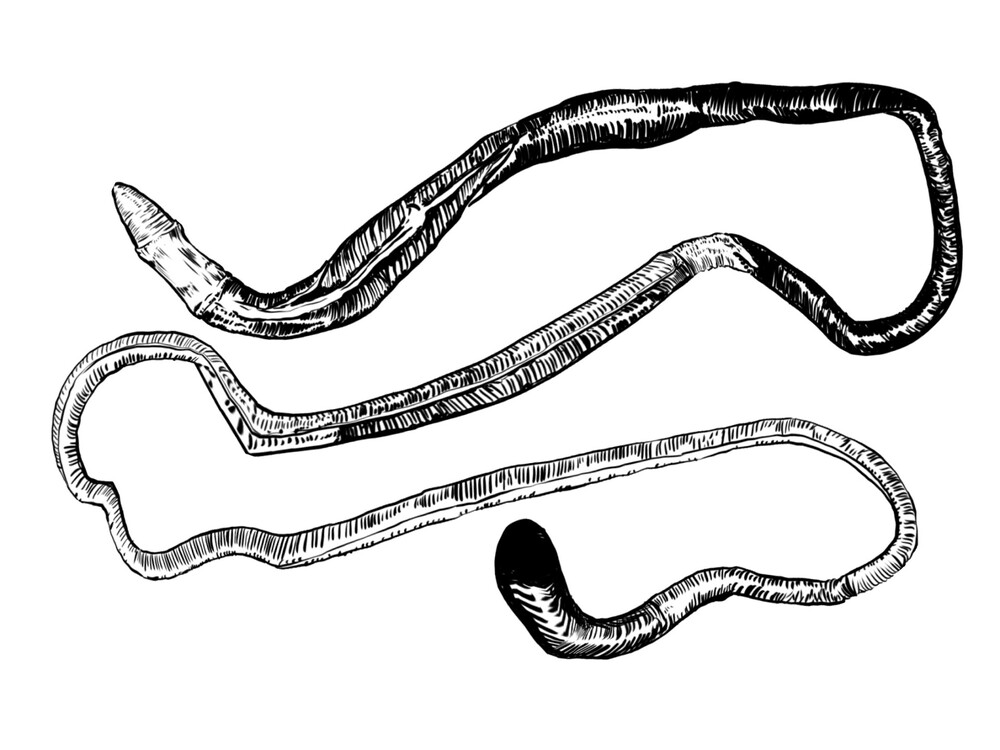
Glossobalanus polybranchioporus (scientific name: Glossobalanus polybranchioporus) is an animal of the genus Glossoporidae in the family Acornicedae. The body is 35-60 cm long; the body is soft, slender, worm-like, light orange in color, and looks like a snake or earthworm; the body is divided into three parts: snout, collar and trunk, and the trunk is slightly cylindrical; the front end and ventral surface There is an obvious mouth at the junction of the center and the muzzle; the collar has many longitudinal wrinkles, and there is a dark fiber loop line in the front and rear 1/3. The color between the two loop lines is lighter, and the trailing edge of the collar is a protruding The cover is a dark orange-red ring immediately adjacent to the front end of the cover; the trunk is divided into four areas: gills, reproductive wings, liver and tail; the male and female are dioecious, the reproductive wings of sexually mature females are purple-brown, and the reproductive wings of males are The wings are orange-red or orange-yellow, and there are no pigment spots on both sides of the ventral surface of the gills and reproductive wings.
It lives on the bottom of the water and moves by the water filling and drainage of the snout cavity and collar cavity, causing the snout and collar parts to expand and contract. Generally, burrows live in fine sandy beaches and muddy beaches in mid-tide and low-tide areas. The burrows are in an irregular "U" shape, with the entire body lying horizontally in the burrow. The mouth of the burrow is wide and funnel-shaped, and the depth of the burrow is usually 50-50 feet. 200 cm. Its body wall contains a large amount of iodine, and the smell of iodine can often be smelled in its densely distributed areas. Feeds on organic matter on the sandy bottom.

